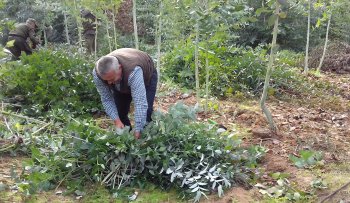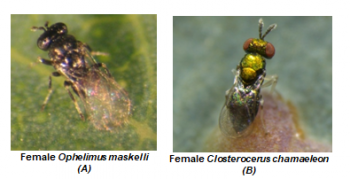Modelling seed germination of five species of Eucalyptus to facilitate optimal reforestation
Submitted by ibtissem taghouti on 29 November 2019Eucalyptus is an enormous and fascinating genus with over 700 species. Most of Eucalyptus species are known as aromatic plants and with medicinal and melliferous uses. Therefore, it’s important to valorize and ensure a continuous regeneration of Eucalyptus species. In this prospect, the main focus of this work was to evaluate seeds viability used to regenerate forests and in order to elevate its production of NWFP.




